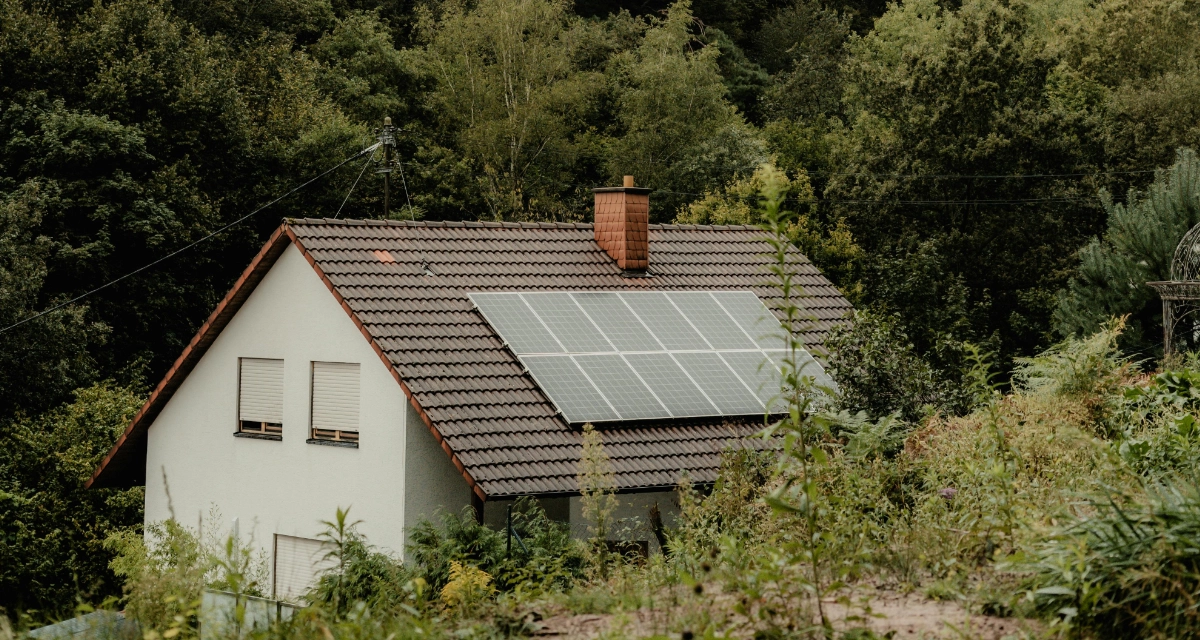As sustainability becomes a key priority in modern architecture, more homeowners are looking for ways to build eco-friendly houses that reduce energy consumption, minimise environmental impact, and promote healthier living spaces. Whether you’re planning a new build or considering an upgrade, here’s how you can design a home that is both beautiful and sustainable.
1. Maximise Natural Light and Passive Solar Design
A well-designed home should take full advantage of natural light and solar gain. Positioning large windows on south-facing walls (in the Northern Hemisphere) helps capture sunlight, reducing the need for artificial lighting and heating. Overhangs, shading devices, and deciduous trees can provide cooling in summer while allowing warmth in winter.
2. Choose Sustainable Building Materials
Opt for locally sourced, recycled, or renewable materials such as:
- Timber from sustainable forests
- Reclaimed bricks and stone
- Recycled metal and glass
- Natural insulation materials like sheep’s wool or hemp
These materials not only reduce the carbon footprint but also enhance the aesthetic and longevity of your home.
3. Improve Energy Efficiency
Energy-efficient homes use less power while maintaining comfort. Consider:
- High-performance insulation to reduce heat loss
- Triple-glazed windows for improved thermal performance
- Airtight construction to prevent drafts
- Heat recovery ventilation systems to maintain indoor air quality without losing heat
4. Install Renewable Energy Systems
Integrating renewable energy sources can make your home more self-sufficient:
- Solar panels for electricity or water heating
- Wind turbines (if suitable for your location)
- Ground or air-source heat pumps for efficient heating and cooling
5. Conserve Water with Smart Solutions
Reduce water waste with:
- Low-flow taps and toilets
- Rainwater harvesting systems for irrigation
- Greywater recycling to reuse household water for non-drinking purposes
6. Prioritise Eco-Friendly Interior Design
Sustainable living doesn’t stop at construction—your home’s interior also plays a role. Use non-toxic paints and finishes, opt for sustainably made furniture, and incorporate indoor plants for better air quality.
Final Thoughts
Sustainable home design is about making conscious choices that benefit both the environment and your long-term well-being. By incorporating energy-efficient solutions, renewable materials, and smart design principles, you can create a home that is comfortable, cost-effective, and kind to the planet.
At Paul Osborne Architect, we specialise in bespoke, sustainable home designs that blend functionality with beauty. If you’re considering an eco-friendly build, get in touch with us today to discuss how we can bring your vision to life.

